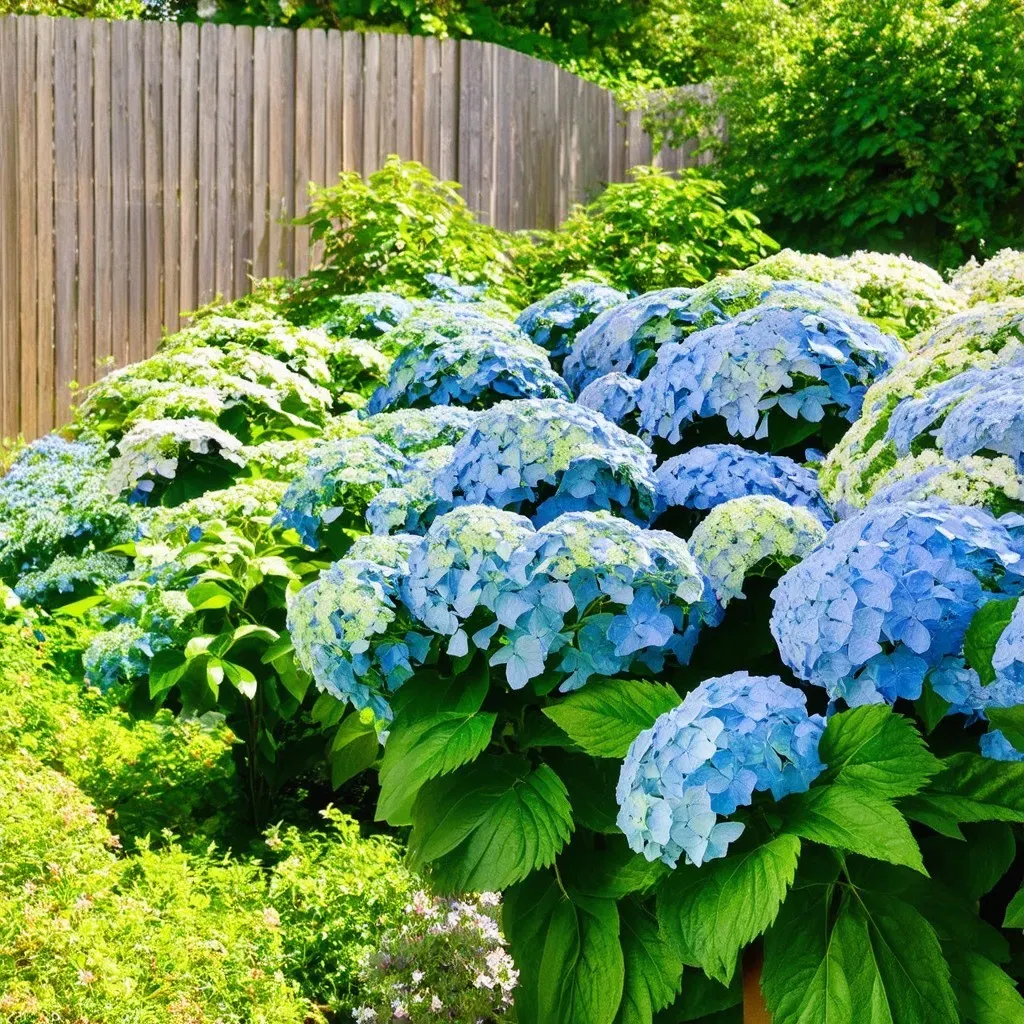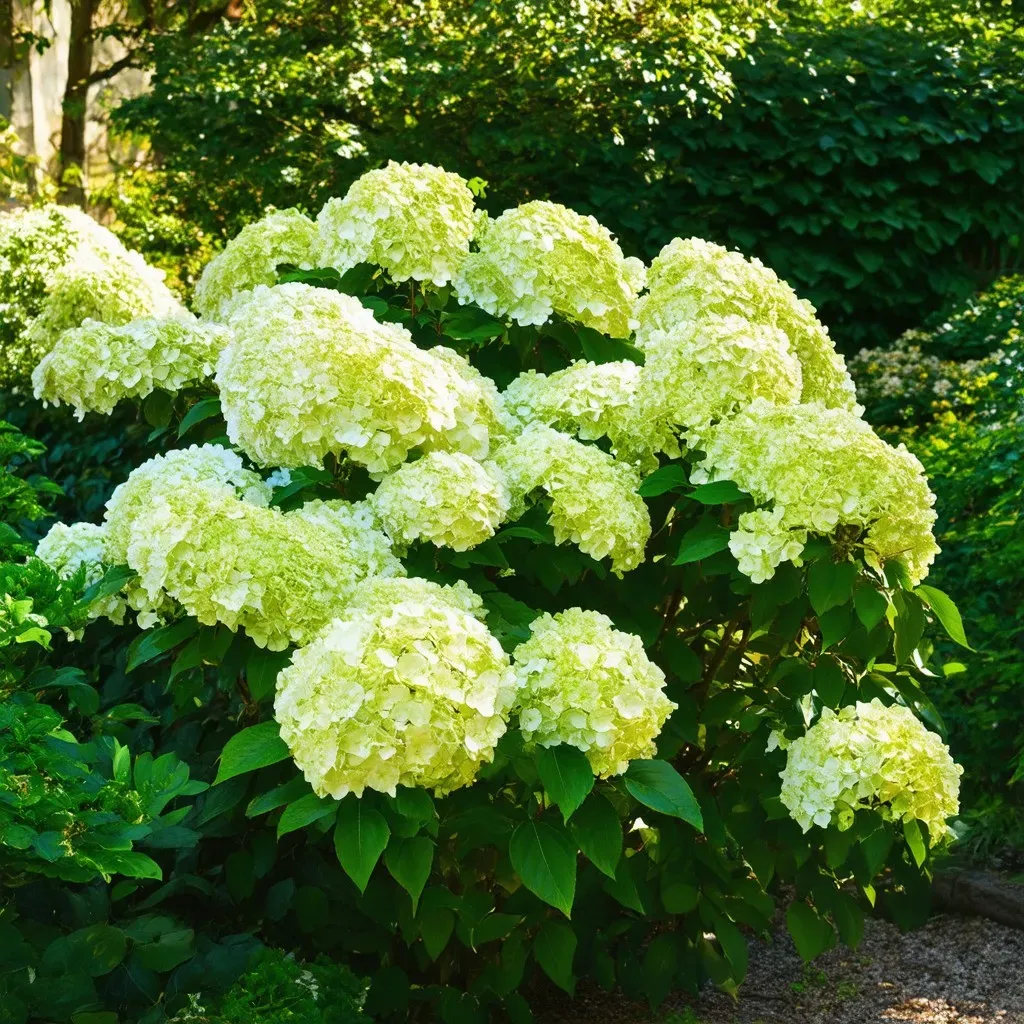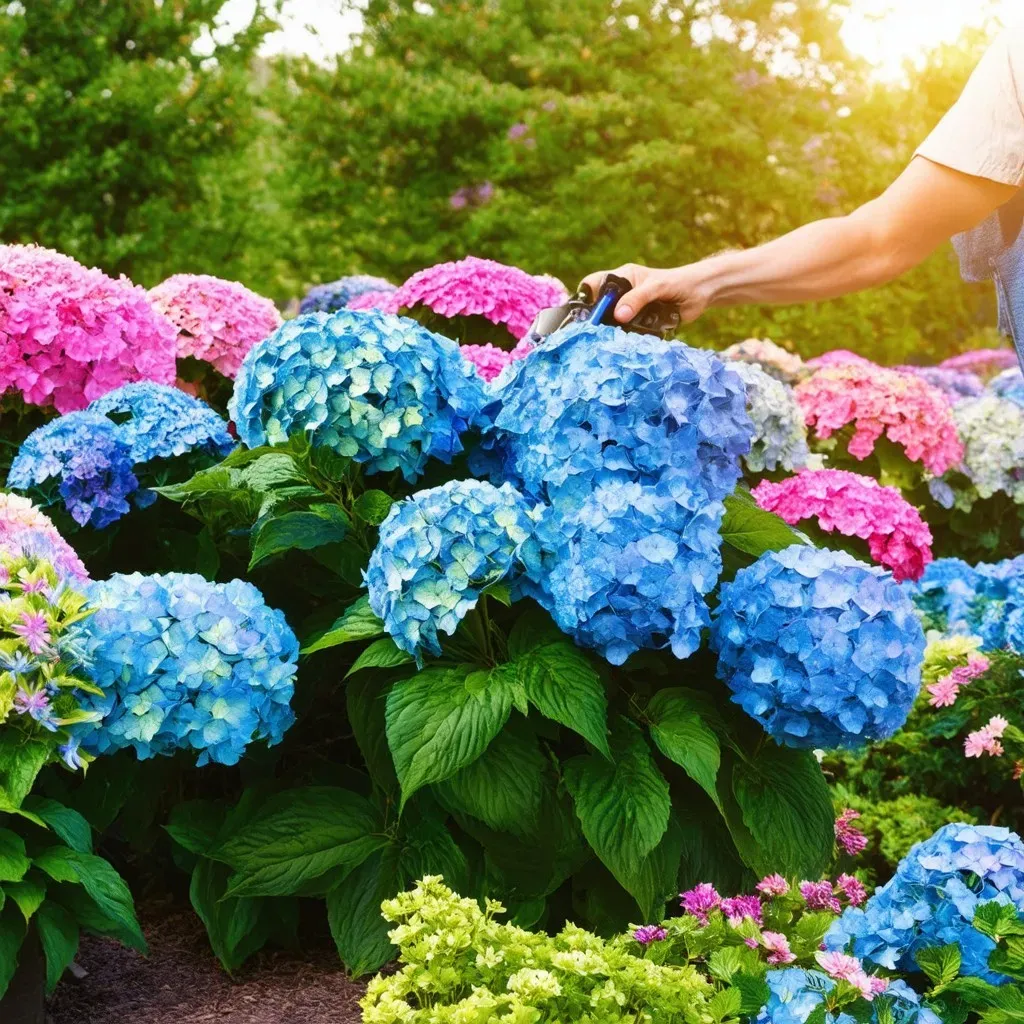Hardy hydrangeas are perennial flowering shrubs that thrive even in the harshest winter conditions, making them a wonderful addition to any garden, especially in USDA zones 4-7. These resilient plants are prized for their stunning blooms and adaptability, providing vibrant colors and lush greenery throughout the growing season.
Understanding Hardy Hydrangea Varieties
When selecting hardy hydrangea varieties for your garden, it’s important to consider the different types available, including their growth habits, flower colors, and climate tolerances. Here are some popular varieties:
| Variety Name | Type | Height | Bloom Color | Hardiness Zone |
|---|---|---|---|---|
| Hydrangea paniculata | Panicle Hydrangea | 6-10 ft | White to Pink | 3-8 |
| Hydrangea arborescens | Smooth Hydrangea | 3-5 ft | White | 3-9 |
| hydrangea macrophylla | Bigleaf Hydrangea | 3-10 ft | Blue to Pink | 5-9 |
| Hydrangea quercifolia | Oakleaf Hydrangea | 3-10 ft | White to Pink | 5-9 |
| Hydrangea paniculata ‘Limelight’ | Panicle Hydrangea | 6-8 ft | Green to Pink | 3-9 |

The Cold Hardiness of Hydrangeas
Hydrangeas are known for their cold hardiness, which allows them to survive and thrive in colder climates. The ability to withstand freezing temperatures is often categorized by USDA hardiness zones. Here’s a breakdown to better understand their cold hardiness:
- Zone 3: Excellent options for extreme cold; varieties like ‘Incrediball’ can thrive.
- Zone 4: Most hardy hydrangeas, including panicle and oakleaf types, are suitable.
- Zone 5: Many varieties do exceptionally well, but take care to select carefully during frost seasons.
Fact: Most hydrangeas are hardy in USDA zones 3-7, showcasing their adaptability in varying climates and conditions.
Top Picks for Hardy Hydrangeas
1. limelight hydrangea (Hydrangea paniculata ‘Limelight’)
This hardy hydrangea is known for its stunning pale green blooms that gradually turn to pink as they mature. Reaching heights of 6-8 feet, it thrives in full sun to partial shade.
2. annabelle hydrangea (Hydrangea arborescens ‘Annabelle’)
A favorite among gardeners, this variety features large, white blooms that can reach up to 12 inches in diameter. Its bushy growth habit makes it perfect for borders and mass plantings.
3. Oakleaf Hydrangea (Hydrangea quercifolia)
Known for its distinctive oak-shaped leaves, this variety offers beautiful fall color. Its creamy white flowers bloom in mid-summer.

Growing Conditions for Hardy Hydrangeas
One of the appeals of hardy hydrangeas is their relatively low maintenance when planted in optimal conditions. Here are key considerations for growing them successfully:
Light Requirements
Hydrangeas generally prefer partial shade, especially in hotter climates. However, many varieties can adapt to full sun, provided they receive adequate moisture.
Soil Preference
Hydrangeas thrive in well-draining soil rich in organic matter. Aim for a slightly acidic to neutral pH level. Incorporating compost or peat moss can enhance soil quality.
Watering Needs
Regular watering is crucial, especially during the first growing season. Hydrangeas typically prefer consistently moist but not waterlogged soil. Deep watering is recommended weekly, or more frequently during droughts.
Fertilization
Applying a balanced slow-release fertilizer in early spring can promote healthy growth and abundant blooms. Gardeners can also use organic options, such as compost.
Pruning Hardy Hydrangeas
Pruning is an essential part of Hydrangea Care, helping to shape the plants and encourage new growth. However, the timing and technique vary by type:
- Hydrangea paniculata: Prune in late winter or early spring, removing spent blooms and shaping the plant.
- Hydrangea macrophylla: Prune right after flowering, cutting back dead flowers and shaping as needed.
- Hydrangea arborescens: Prune back to the ground in late winter for vigorous growth.
| Type | When to Prune | Pruning Technique |
|---|---|---|
| Panicle Hydrangea | Late Winter to Early Spring | Light shaping and deadheading |
| Bigleaf Hydrangea | Right after flowering | Deadheading and shaping |
| Smooth Hydrangea | Late Winter | Cut back to ground level |

Common Issues
While hardy hydrangeas are generally resilient, they may face several issues:
- Fungal Diseases: Ensure good air circulation and avoid overhead watering to prevent powdery mildew.
- Pest Infestation: Aphids or spider mites can be common. Regular inspections can help catch infestations early.
- Winter Damage: Mulching can help protect roots from extreme cold and reduce frost heaving.
FAQ
Are hydrangeas perennial?
Yes, hydrangeas are perennial plants, meaning they can return year after year. Most hardy hydrangeas are deciduous and may lose their leaves in winter but will regrow in spring.
What is the best location for planting hardy hydrangeas?
Hardy hydrangeas thrive in partial shade but can adapt to full sun as long as their watering needs are met. It’s essential to choose a location with well-draining soil.
How often should I water my hydrangea?
During the first season, water consistently to ensure the roots establish well. After that, hydrangeas generally need deep watering once a week, with more frequent watering during drought.
Can hydrangeas survive freezing temperatures?
Yes, many hydrangea varieties are cold hardy and can survive freezing temperatures. Always choose varieties suited for your USDA zone to ensure their survival.
How do I keep my hydrangeas blooming?
Regular watering, appropriate fertilization, and timely pruning will help maintain healthy blooms throughout the season.
For more extensive gardening advice and resources, visit Proven Winners.


